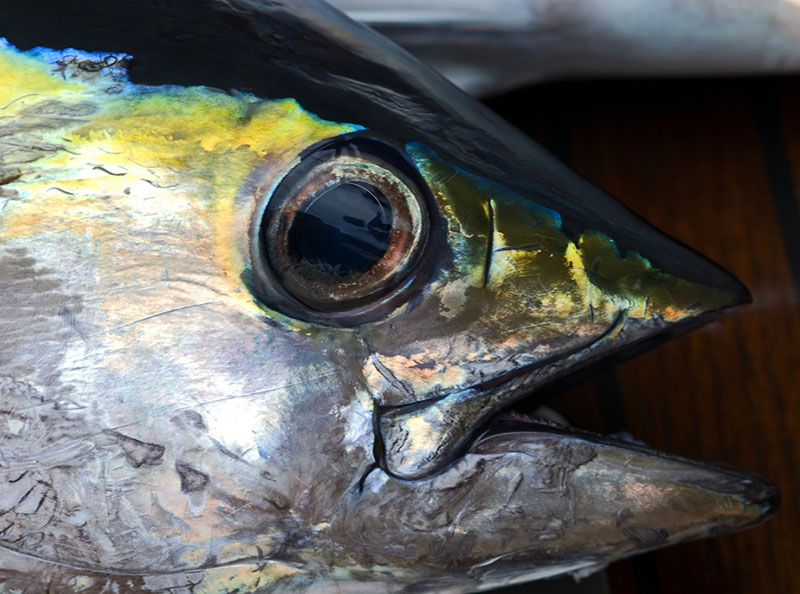Advanced foreign freezing methods yet to hit the U.S.
Dealers report the domestic yellowfin market remains steady and strong, despite global issues regarding canned product (mostly in Europe).
“They have been readily available; there’s good availability for sure,” said Benny Miller of the Louisiana Seafood Exchange. “The price has been holding steady, and there is no spiking.”
According to the most recent landings data from NOAA, about 155,771 pounds of yellowfin has been caught in the Atlantic, Gulf of Mexico and Caribbean this year — a drop from last year’s 263,089 pounds in the same time. Estimates put the total catch for the 2017 season at 3.26 million pounds.
Dealers said they aren’t worried about the early season differences, though, since spawning takes place in summer.
The direct U.S. market yellowfin caught domestically — landed here for butchering, freezing and domestic distribution — is said to remain strong. Issues concerning sustainability have primarily involved European markets, according to industry reports, which show canned tuna globally has been less abundant.
But the fresh and frozen markets are what appear to drive yellowfin in the United States.
David Maginnis from Gulf Fish in Houma, La., says dockside prices have averaged around $3.50 per pound in recent years.
The highest quality yellowtail, prized for sushi, has gone for $6 to $7 per pound.
Dealers cite continued developments in freezing technology as a boon to yellowfin’s steady desirability.
Fresh yellowfin from the gulf, dealers said, remains popular on Southern menus. But they also note that the freezing improvements make the fresh and frozen products equally popular and palatable.
Cryogenic deep-freezing, which has gained popularity in Asia and Europe, has still not caught on in the United States for the most part. Its benefit to the market is that it allows the entire fish to be frozen.
At Holiday Seafood in Tarpon Springs, Fla., yellowfin sells quickly to both wholesale and retail customers when it’s available.







